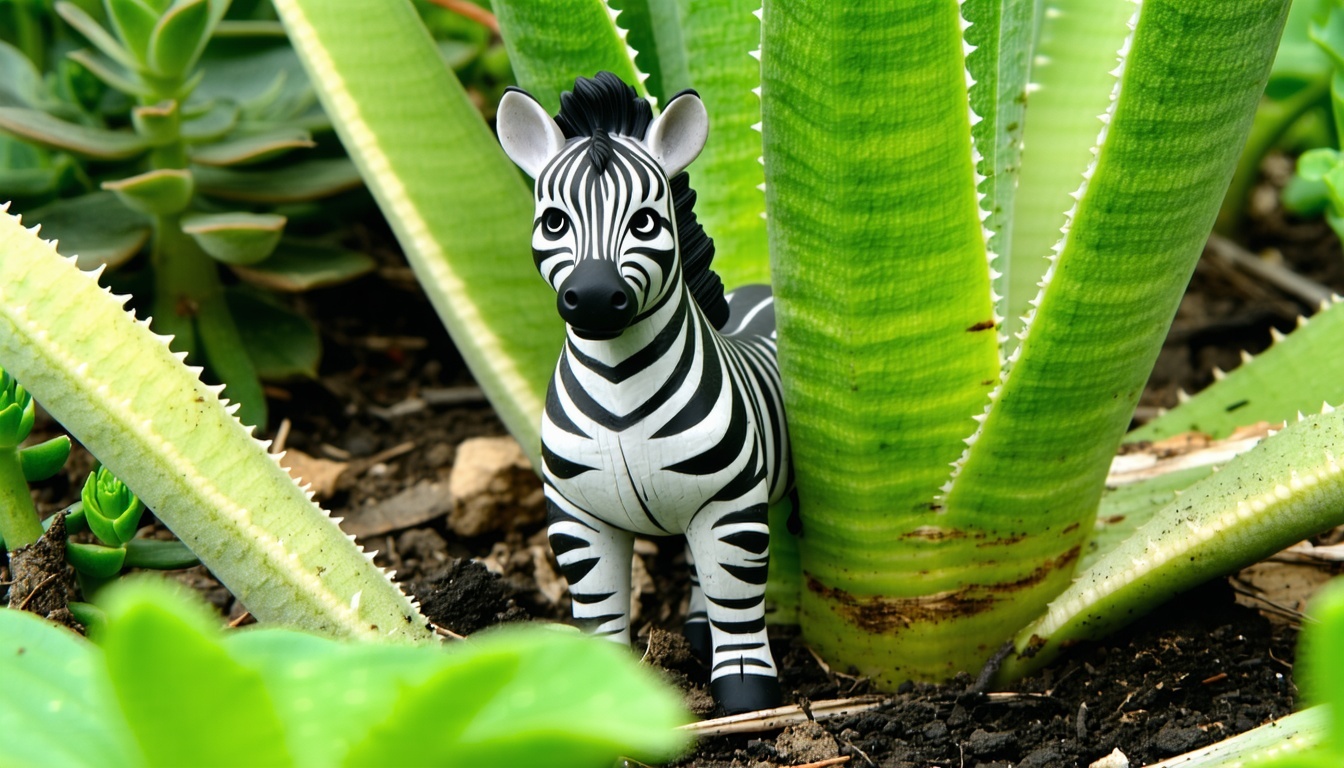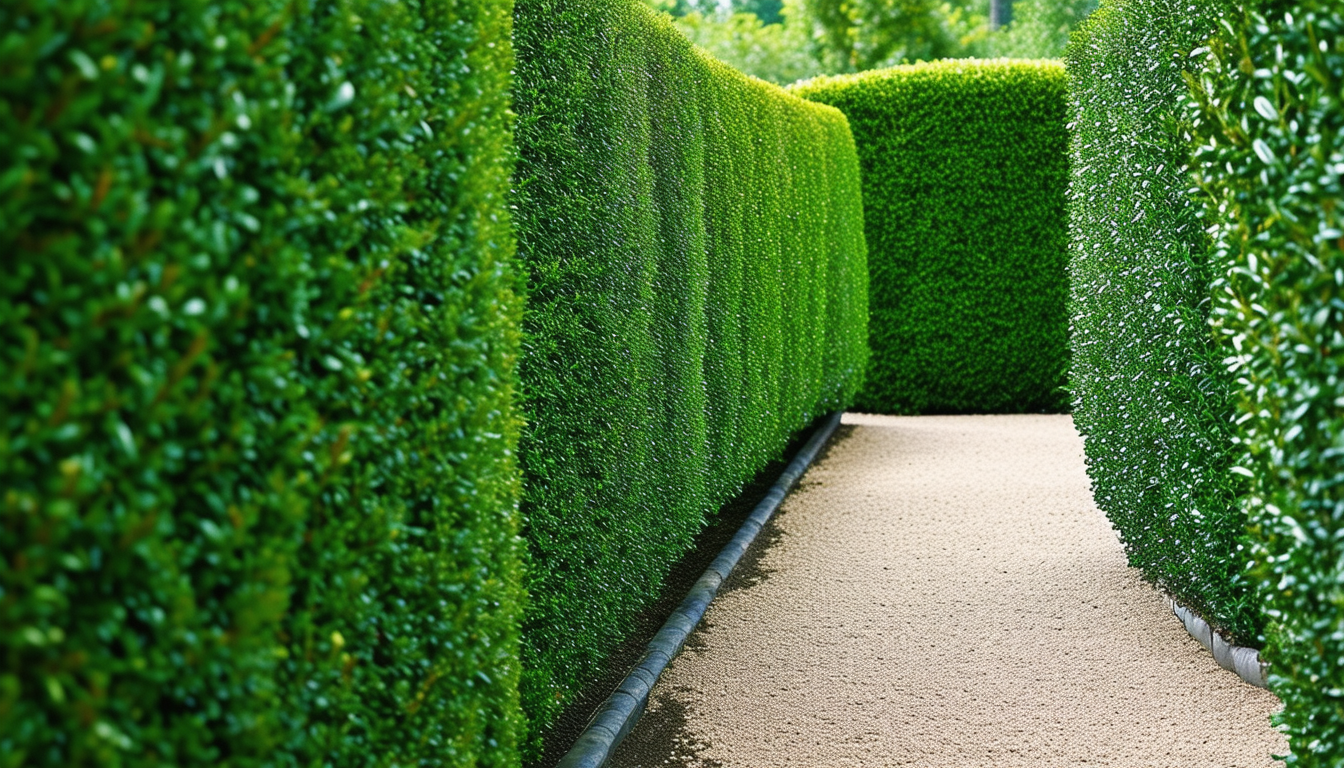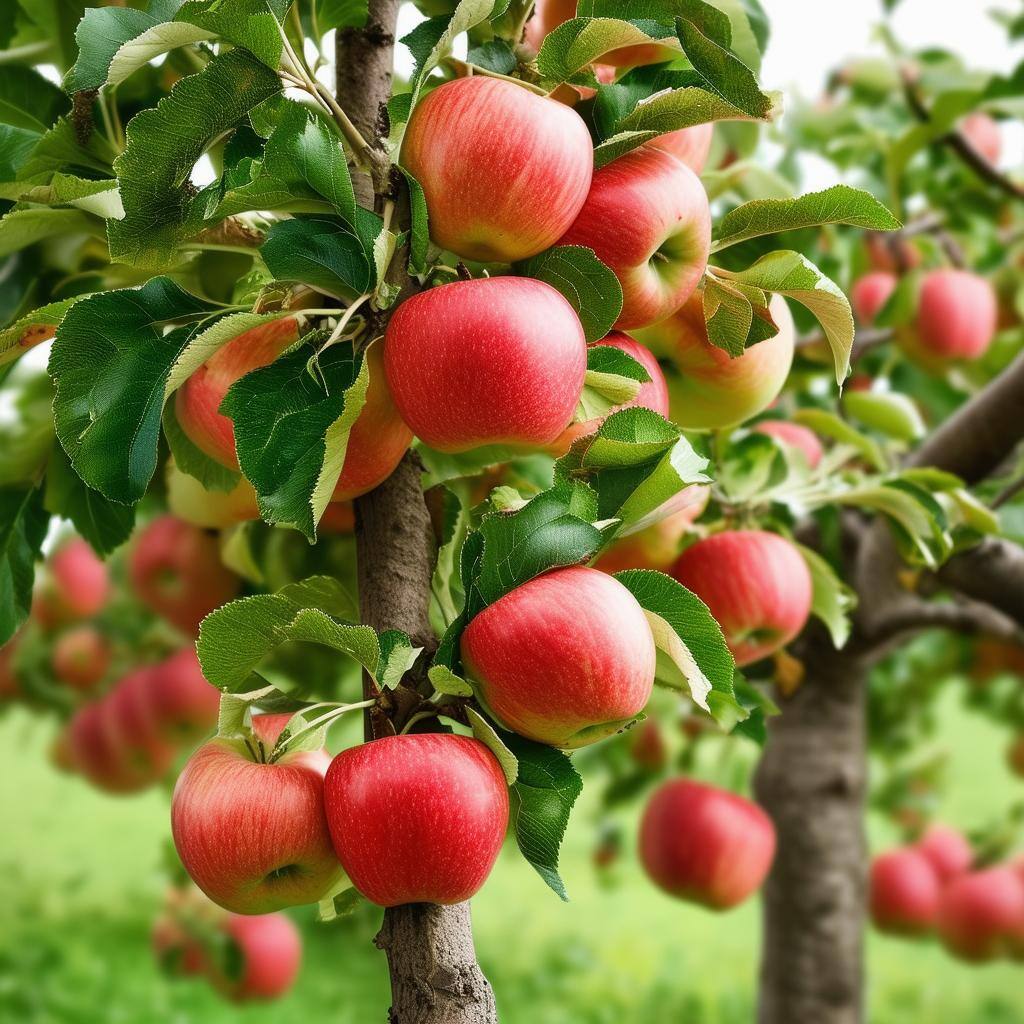
Discover the effortless method to grow your own zebra plants at home and enjoy a lush, green indoor garden.
Understanding Zebra Plant Pups: What Are They?
Zebra plants, known scientifically as Aphelandra squarrosa, are beloved for their striking foliage and vibrant flowers. In addition to their beauty, these plants can produce 'pups' or offsets, which are small plantlets emerging from the base of the mother plant. These pups are essentially clones of the parent plant and can be used to propagate new zebra plants.
Understanding how these pups form and develop is crucial for successful propagation. Zebra plant pups rely on the mother plant for nutrients until they are mature enough to be separated and planted independently. Recognizing when these pups are ready for removal is the first step in the propagation process.
5 Step Guide to Propagating Zebra Plant Pups
Step 1: Identify Mature Pups - Look for pups that have developed several sets of leaves and appear robust. These are typically ready for separation from the mother plant.
Step 2: Prepare Your Tools - Ensure you have a clean, sharp knife or pruning shears. Sterilize your tools with rubbing alcohol to prevent the spread of disease.
Step 3: Gently Remove the Pup - Carefully dig around the base of the pup to expose its roots. Using your sterilized tool, cut the pup away from the mother plant, ensuring you get as much of the pup's root system as possible.
Step 4: Let the Pup Callus - Allow the cut end of the pup to dry and callus over for a day or two. This helps prevent rot when you plant it.
Step 5: Plant the Pup - Plant the callused pup in a well-draining potting mix suitable for zebra plants. Water lightly and place in a warm, bright location, avoiding direct sunlight.
Planting and Caring for Your New Zebra Plants
Once your zebra plant pups are planted, it's important to provide the right care to ensure they thrive. Place the newly potted pups in a spot with bright, indirect light. Direct sunlight can scorch the leaves, so it's best to avoid placing them in direct sun.
Maintain a consistent watering schedule, keeping the soil moist but not waterlogged. Zebra plants prefer high humidity, so consider misting your plants regularly or placing them near a humidifier. Fertilize your zebra plants with a balanced, water-soluble fertilizer every four to six weeks during the growing season to encourage healthy growth.
10 Frequently Asked Questions on Propagating Zebra Plant Pups—With Answers
1. How long does it take for zebra plant pups to appear?
Zebra plant pups typically begin to emerge in late spring or early summer, once the mother plant is mature and healthy. With consistent care, pups often appear within one to two years.
2. Can I propagate zebra plants from leaf cuttings?
No, zebra plant propagation is most successful through pups (offsets). Leaf cuttings generally do not root or develop into new plants.
3. What type of soil is best for planting zebra plant pups?
A well-draining potting mix, such as a blend formulated for succulents or a cactus mix amended with peat and perlite, is ideal for zebra plant pups. Good drainage is essential to prevent root rot.
4. How often should I water my newly planted zebra pups?
Keep the soil lightly moist but not soggy. Water thoroughly when the top inch of soil feels dry, and always let excess water drain away. Reduce watering slightly during winter.
5. What are the signs that a zebra plant pup is ready to be removed?
A pup is ready to be separated when it has at least two to three sets of mature leaves and a visible root system. Robust growth and healthy foliage are good indicators.
6. Can I use a rooting hormone to help my zebra plant pups establish?
Yes, applying a rooting hormone to the cut end of the pup can help promote root growth and improve the chances of successful establishment.
7. What should I do if the leaves of my zebra plant pup start to yellow?
Yellowing leaves often indicate overwatering, poor drainage, or insufficient light. Adjust your watering habits, check that the pot drains well, and ensure the pup receives bright, indirect light.
8. How can I increase humidity around my zebra plants?
Increase humidity by misting the leaves regularly, placing a tray of water and pebbles beneath the pot, or using a small humidifier nearby.
9. What pests should I watch out for when growing zebra plants?
Common pests include spider mites, aphids, and mealybugs. Inspect your plants regularly and treat any infestations early with insecticidal soap or neem oil.
10. How do I know if my zebra plant pup is thriving?
A thriving zebra plant pup will show steady new growth, firm and upright leaves, and vibrant coloring. Healthy roots and a lack of pests or disease are additional signs of success.



